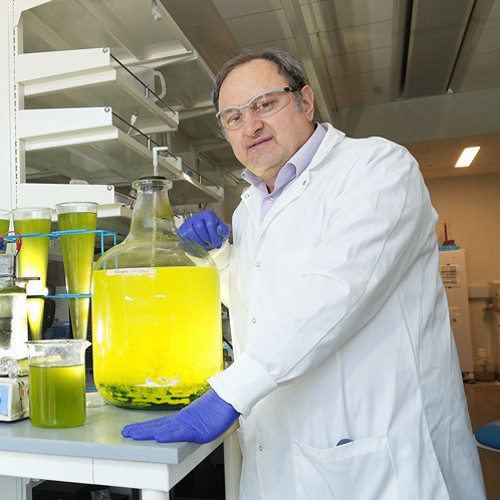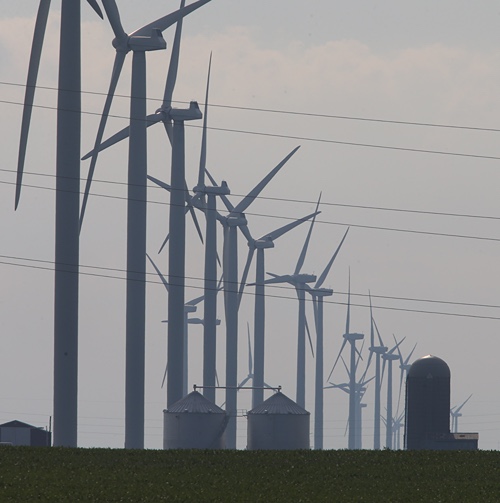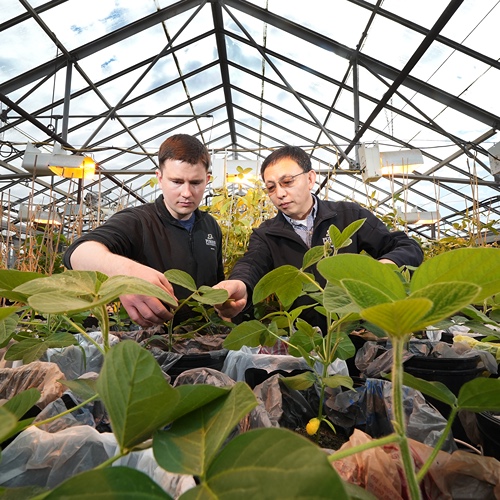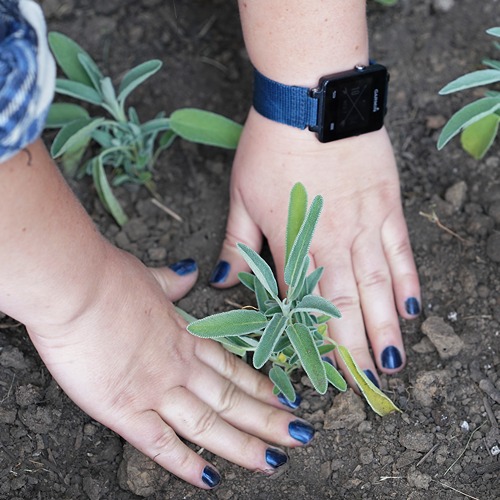Farmer sentiment weakens as production cost concerns mount
The Purdue University/CME Group Ag Economy Barometer slipped 5 points in November to a reading of 116 as producers continue to be pessimistic about both the current and future outlook of the agricultural economy. The Index of Current Conditions declined 7 points in November to a reading of 128, and the Index of Future Expectations fell 4 points to 110. November marked the lowest reading of 2021 for all three measures of producer sentiment and comparing year-over-year, the barometer is 30% lower than in November of 2020. The Ag Economy Barometer is calculated each month from 400 U.S. agricultural producers’ responses to a telephone survey. This month’s survey was conducted Nov. 15-19.
“Farmers are facing sharp rises in production costs coinciding with fluctuating crop and livestock prices, the prospect of changing environmental and tax policy, uncertainty over COVID-19, as well as a host of other issues, all of which are negatively impacting farmer sentiment,” said James Mintert, the barometer’s principal investigator and director of Purdue University’s Center for Commercial Agriculture.
Rising production costs, including those for fertilizer, farm machinery, seed and fuel, are of increasing concern to farmers. For example, in November 43% of survey respondents said they expect farm input prices to rise by more than 16% in the upcoming year. This compares with the actual average rate of farm input price inflation over the past decade of less than 2%.
Supply chain problems could be responsible for a drop in the Farm Capital Investment Index. The index declined 7 points to a reading of 39, the lowest reading since April of 2020. In November, 44% of producers said their farm machinery purchase plans were impacted by low farm machinery inventories. When asked what their biggest concerns are for their farming operation in the upcoming year, nearly half (47%) of survey respondents chose higher input costs.
Unlike the broader sentiment measures, the Farm Financial Performance Index rose 2 points to 106 in November, 10% above its low reading in June of 2021.
“Compared to late spring, strong crop yields for fall harvested crops and strength in wheat prices helped push 2021 crop revenue and profitability estimates up, compared to one year ago,” Mintert said.
Producers remain very optimistic about farmland values over both the next 12 months and the next five years, as both the short-term and long-term farmland value expectations indices remain near their peaks.
Mintert says, “Strong cash flows from crops in 2021, low interest rates and, possibly, rising concerns about inflation continue to propel farmland values higher.”
Somewhat surprisingly, given the concerns about rising input costs, 52% of corn/soybean producers expect cash rental rates to rise in 2022 compared with 43% in October. This marks the highest percentage of producers reporting that they expect rental rates in 2022 to rise since the May 2021 survey.
Both interest and awareness of leasing farmland for solar energy projects is on the rise. In November, 11% all respondents reported having a discussion with a company or companies about leasing farmland for solar energy production; however, reported lease rates continue to vary widely. In November, 25% of producers who reported having discussions with a solar leasing company said they were offered less than $500 per acre, while 34% of producers said they were offered a lease rate of $1,000 or more per acre.
Concerns over governmental policy and regulations remain elevated among farmers. On the November 2021 survey, 82% of respondents said they expect more restrictive environmental regulations, 74% expect higher estate taxes, and 77% expect higher income taxes in the years ahead. These percentages compare to results from the October 2020 survey when just 41% of producers expected more restrictive environmental regulations and 35% expected higher estate taxes over the next five years.
Read the full Ag Economy Barometer report at https://purdue.ag/agbarometer. The site also offers additional resources such as past reports, charts and survey methodology, and a form to sign up for monthly barometer email updates and webinars.
Each month, the Purdue Center for Commercial Agriculture provides a short video analysis of the barometer results. For even more information, check out the Purdue Commercial AgCast podcast. It includes a detailed breakdown of each month’s barometer, in addition to a discussion of recent agricultural news that affects farmers.
The Ag Economy Barometer, Index of Current Conditions and Index of Future Expectations are available on the Bloomberg Terminal under the following ticker symbols: AGECBARO, AGECCURC and AGECFTEX.
About the Purdue University Center for Commercial Agriculture
The Center for Commercial Agriculture was founded in 2011 to provide professional development and educational programs for farmers. Housed within Purdue University’s Department of Agricultural Economics, the center’s faculty and staff develop and execute research and educational programs that address the different needs of managing in today’s business environment.
About CME Group
As the world’s leading and most diverse derivatives marketplace, CME Group (www.cmegroup.com) enables clients to trade futures, options, cash and OTC markets, optimize portfolios, and analyze data – empowering market participants worldwide to efficiently manage risk and capture opportunities. CME Group exchanges offer the widest range of global benchmark products across all major asset classes based on interest rates, equity indexes, foreign exchange, energy, agricultural products and metals. The company offers futures and options on futures trading through the CME Globex® platform, fixed income trading via BrokerTec and foreign exchange trading on the EBS platform. In addition, it operates one of the world’s leading central counterparty clearing providers, CME Clearing. With a range of pre- and post-trade products and services underpinning the entire lifecycle of a trade, CME Group also offers optimization and reconciliation services through TriOptima, and trade processing services through Traiana.
CME Group, the Globe logo, CME, Chicago Mercantile Exchange, Globex, and E-mini are trademarks of Chicago Mercantile Exchange Inc. CBOT and Chicago Board of Trade are trademarks of Board of Trade of the City of Chicago, Inc. NYMEX, New York Mercantile Exchange and ClearPort are trademarks of New York Mercantile Exchange, Inc. COMEX is a trademark of Commodity Exchange, Inc. BrokerTec, EBS, TriOptima, and Traiana are trademarks of BrokerTec Europe LTD, EBS Group LTD, TriOptima AB, and Traiana, Inc., respectively. Dow Jones, Dow Jones Industrial Average, S&P 500, and S&P are service and/or trademarks of Dow Jones Trademark Holdings LLC, Standard & Poor’s Financial Services LLC and S&P/Dow Jones Indices LLC, as the case may be, and have been licensed for use by Chicago Mercantile Exchange Inc. All other trademarks are the property of their respective owners.






